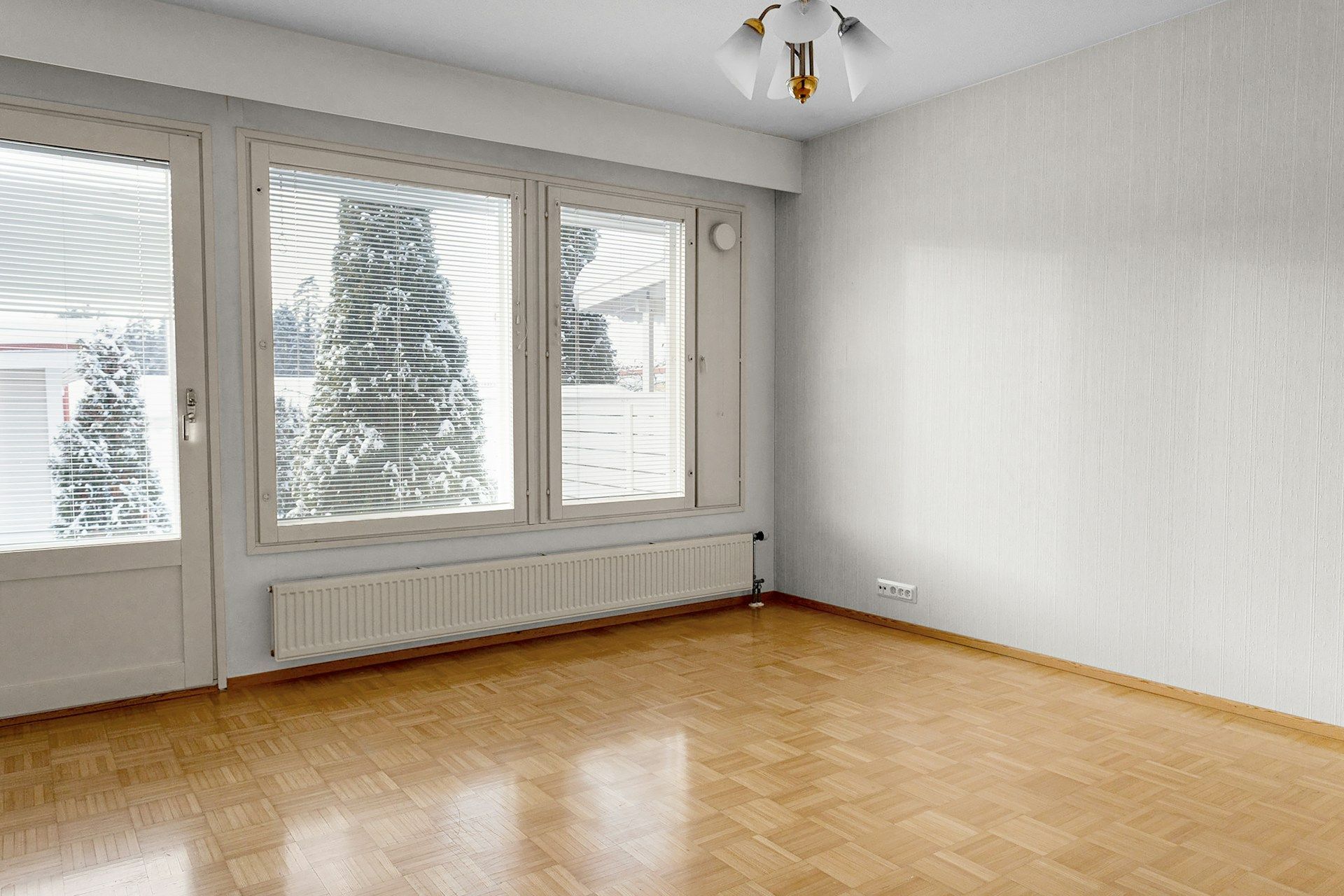Hardwood floors have long been celebrated for their timeless beauty, luxurious feel, and durable nature, making them an enduring favorite among homeowners. However, choosing the right flooring material for your home can be a daunting task, considering the myriad options available on the market today. Two of the most prominent contenders in the world of hardwood flooring are engineered and solid wood floors, each offering unique benefits and characteristics.
At Wilson's Custom Flooring, we pride ourselves on providing educational, informative, and helpful content to help you make well-informed decisions on your home improvement projects. Our expertise spans across products, installations, hardwood refinishing, and more, making us the perfect partner in your quest for the ideal flooring solution.
In this comprehensive guide, we will delve into the world of engineered and solid hardwood floors, highlighting their distinctive features, advantages, and considerations for installation. By thoroughly examining these two popular material options, we aim to equip you with the knowledge and understanding required to select the flooring choice that best aligns with your home's needs and your personal preferences.
What are Engineered Hardwood Floors?
Engineered hardwood floors consist of multiple layers, typically comprising a top layer of genuine hardwood and several layers of high-quality plywood beneath it. These layers are pressed together and bonded under high pressure, resulting in a stable, durable, and versatile flooring solution.
1. Pros of Engineered Hardwood Floors:
- Greater resistance to humidity and temperature changes
- More versatile installation options, including various subfloor types
- A wider range of design choices due to prefinished manufacturing
- Generally more affordable than solid hardwood floors
2. Cons of Engineered Hardwood Floors:
- Limited refinishing options due to the thinner hardwood layer
- Possibility of reduced longevity compared to solid hardwood floors
What are Solid Hardwood Floors?
Solid hardwood floors are made from a single, solid piece of wood, usually 3/4-inch thick. They are renowned for their longevity and traditional, authentic appearance. Since the entire plank consists of the same wood species, solid hardwood floors can be sanded and refinished multiple times as needed.
1. Pros of Solid Hardwood Floors:
- Enhanced durability and potential for a longer lifespan
- Multiple refinishing options for easy restoration of scratches or wear
- Increased value for your home due to the classic appeal of solid wood
- Can be customized through sanding, staining, and finishing after installation
2. Cons of Solid Hardwood Floors:
- More susceptible to humidity and temperature fluctuations
- Limited installation options due to the need for a compatible subfloor
- Typically more expensive than engineered hardwood floors
Selecting the Right Hardwood Floor for Your Home: Factors to Consider
When deciding between engineered and solid hardwood floors, it's essential to consider several aspects that will directly impact their performance and suitability in your household.
1. Location and Climate: Consider the climate and humidity levels in your area and the specific room where the flooring will be installed. Engineered hardwood floors are better suited for moisture-prone areas, such as basements and bathrooms, while solid hardwood floors thrive in dry, well-controlled environments.
2. Budget: Assess your budget constraints and weigh the initial cost against the potential long-term value and maintenance requirements. Engineered hardwood floors may offer a more affordable solution, but solid hardwood floors can provide superior durability and longevity.
3. Subfloor Compatibility: Analyze your home's subfloor type to determine which flooring option is better suited for successful installation. While engineered hardwood floors can be installed on a variety of subfloor materials, including concrete and radiant heating systems, solid hardwood floors require a plywood subfloor to allow for proper nailing or stapling.
4. Aesthetic Preferences: Reflect on your design aspirations and desired appearance for your hardwood floors. Both engineered and solid hardwood floors can offer a stunning visual appeal, but the wider range of prefinished designs available with engineered hardwood may be more appealing if you are looking for unique styles or textures.
Installation Techniques for Engineered and Solid Hardwood Floors
The installation process for both engineered and solid hardwood floors involves several key steps, such as measuring, acclimating the material, and securing the planks. However, each type of flooring offers different installation methods, including:
1. Engineered Hardwood Floors:
- Floating installation: The planks are connected to each other but not directly attached to the subfloor.
- Glue-down installation: Adhesive is applied to the subfloor, and planks are attached, ensuring a secure bond.
- Staple or nail-down installation: Similar to solid hardwood, the planks are stapled or nailed to a suitable wood subfloor.
2. Solid Hardwood Floors:
- Nail or staple-down installation: This is the primary method for installing solid hardwood floors, requiring a compatible plywood subfloor.
Discover the Perfect Hardwood Floor for Your Home
Both engineered and solid hardwood floors offer unique benefits and characteristics for homeowners seeking to enhance their living spaces with the charm, warmth, and elegance of hardwood flooring. You can confidently choose the ideal hardwood floor for your home with a thorough understanding of the distinctions between these two options and careful consideration of the factors that influence their performance.
At Wilson's Custom Flooring, our team of experts is dedicated to helping you navigate through the world of hardwood flooring, offering unparalleled insight, guidance, and professional services. We excel in products, installations, hardwood refinishing, and more, providing you with a comprehensive suite of solutions and resources to achieve your dream home. For more information or to schedule a consultation, please contact our knowledgeable team today. Together, let's unveil the
hardwood flooring option that unlocks the full potential of your home's beauty and warmth.





